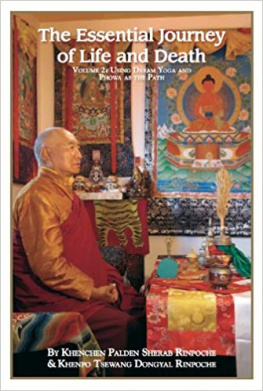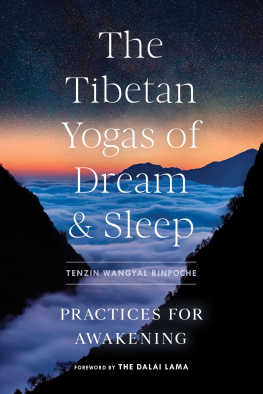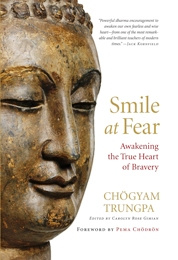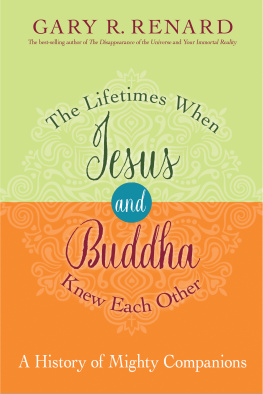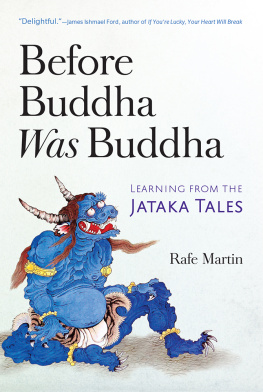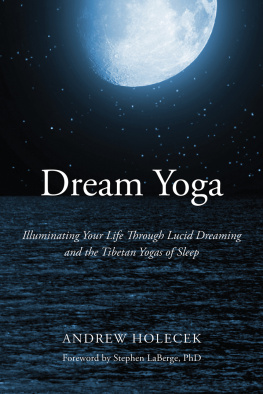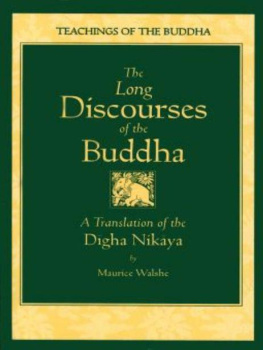
The Essential Journey
of Life and Death
Volume 2: Using Dream Yoga and
Phowa as the Path
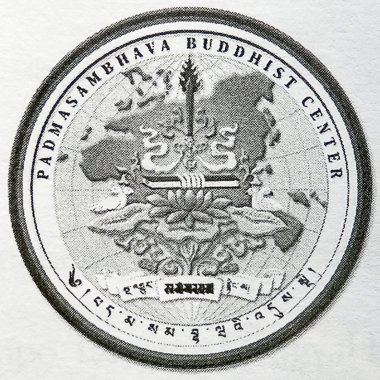
by
Khenchen Palden Sherab Rinpoche
and
Khenpo Tsewang Dongyal Rinpoche
Edited by members of the Samye Translation Group
Michael White, Ann Helm,
Pema Dragpa, and Amanda Lewis
Table of Contents
Landmarks
The Essential Journey of Life and Death, Volume 2:
Using Dream Yoga and Phowa as the Path
Copyright 2012
Khenchen Palden Sherab Rinpoche
Khenpo Tsewang Dongyal Rinpoche
All rights reserved. No part of material may be reproduced in any form or by any means, electronic or mechanical, including photocopying, recording, or by any information storage and retrieval system, without prior written permission from the authors.
Published by Dharma Samudra
Padma Samye Ling
618 Buddha Highway
Sidney Center, NY 13839
(607) 865-8068
www.padmasambhava.org
ISBN-13:978-0-9820922-9-3
ISBN-10: 0-9820922-9-6
This book contains precious lineage teachings on living and dying that are beneficial to anyone interested in living a fuller, healthier life.
The Zhitro meditation instructions came from Buddha Shakyamuni and Guru Padmasambhava, and have been continued in an unbroken lineage of Tibetan Buddhist scholars and meditators for centuries. In order to receive the full benefit of these teachings, the meditation techniques should be practiced exactly as instructed, and only by those who have received the appropriate transmissions and blessings from a qualified lama who holds these lineages. Thank you.
Dedication
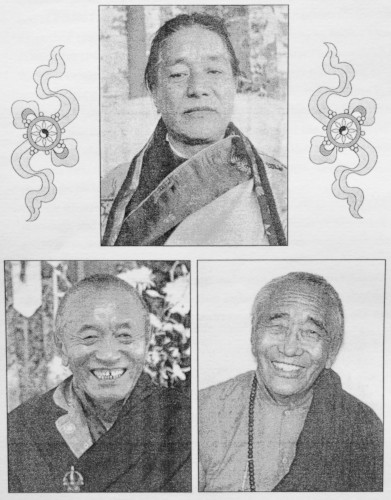
Dedicated in the honor and memory of His Holiness Dudjom Rinpoche, Venerable Khenchen Palden Sherab Rinpoche, Lama Chimed Namgyal, and all the lineage holders of these secret teachings, as well as all the devoted practitioners of the past, present, and future.
Acknowledgments
This book is a compilation of many years of teachings given by the Venerable Khenpo Rinpoches that would not have been possible without the devoted, generous efforts of many sangha members. Since so many people have helped to transcribe and edit these teachings, the Samye Translation Group would like to thank everyone in the order that their contributions appear in this book.
The Preface spoken by the Venerable Khenpo Rinpoches on March 29, 2010 during the 2010 Seven Chapter Prayer Month-long Dzogchen retreat at Padma Samye Ling was transcribed by Amanda Lewis, and edited by Pema Dragpa and Amanda Lewis.
The Introduction to Bardo, Dream Yoga, and Phowa Practices was spoken by Venerable Khenpo Tsewang Dongyal Rinpoche during the White Lotus Dzogchen Summer Retreat at Padma Samye Ling on July 26,2011. It was transcribed and edited by Pema Dragpa and Amanda Lewis.
The Dream Yoga teachings, Essential Instructions for the Practice of Dream Yoga on Sangye Lingpas Instructions on Using Dreams as the Path, were given by the Venerable Khenpo Rinpoches in Denver, Colorado at Uddiyana Maitreya Kosha (UMK) in 1987. These teachings were transcribed by Susan White, and the first edition was electronically transcribed and formatted by Ann Williams. The teachings were wonderfully compiled and edited by Michael White, with special thanks to Janet Gyatso. Ann Helm edited the first quarter of the text to be included in the 2006 edition of the Pema Mandala magazine by the Padmasambhava Buddhist Center. All additional stages of editing were completed by Pema Dragpa and Amanda Lewis.
Additional Dream Yoga teachings were given by the Venerable Khenpo Rinpoches during the annual Windhorse retreat at Padma Samye Ling in May 2000. These teachings were transcribed by Tenzin Chopak and edited by Pema Dragpa and Amanda Lewis.
The Phowa teachings, Practicing Phowa According to the Lineage of Longchen Nyingtik were given by the Venerable Khenpo Rinpoches at Padma Samye Ling from July 22-29,2000. These teachings were transcribed by Cynthia Friend, and the first five edits were beautifully completed by Ann Helm, with final edits by Pema Dragpa and Amanda Lewis.
In the revised edition of the Longchen Nyingtik Phowa sadhana, the Tibetan was proofread by Karma Gongde, the English was proofread by Pema Dragpa, and the text was prepared for layout by Pema Tsultrim (Laia).
Daka Yeshe Do, Meditation on Absolute Wisdom: The Moment of Death Sutra, was translated by Khenpo Tsewang Dongyal Rinpoche, edited by Peter DeNiro, and prepared for layout by Pema Tsultrim.
The Stages of the Bardo of Dying was created by Amanda Lewis based on Volumes 1 and 2 of The Essential Journey of Life and Death,
The glossary of technical terms was kindly compiled by Andrew Cook, who also helped prepare the text for layout
We very much appreciate Sandy Muellers extensive help with the cover and book design, and Michael Nott for helping with production and print details.
We would like to thank the members of the Hinman Foundation, particularly Joe Scarpa and Simeon Schnapper, for their generous support in publishing this book
As always, we are deeply grateful to Lama Lorraine, Lama Pema Tsultrim, and Lama Pema Dragpa for their joyful and steadfast administrative help with Padmasambhava Buddhist Center. We would also like to thank all the resident staff of Palden Padma Samye Ling, whose work actively supports the Venerable Rinpoches activities both locally and internationally. And we further wish to extend our thanks to all members and friends of the Padmasambhava Buddhist Center worldwide for their constant support over many years.
Most importantly, we offer our heartfelt gratitude and devotion to the Venerable Khenpo Rinpoches for blessing us with the opportunity to receive and practice these profound teachings. We pray for the swift rebirth of Khenchen Palden Sherab Rinpoche, and we request that Khenpo Tsewang Dongyal Rinpoche continue to turn the wheel of Dharma, ceaselessly offering prayers for his long and healthy life.
We sincerely ask the forgiveness of all wisdom beings, holders of the teachings, and readers for any and all errors and misinterpretations of the teachings present in this text, and we welcome suggestions on how to improve it in the future.
May everyone who reads this text understand the value and meaning of their precious human life, and may their highest aspirations be fulfilled for the benefit of all beings. May all beings understand the meaning of the true nature and attain supreme buddhahood.
Editors' Introduction
Volumes 1 and 2 of The Essential Journey of Life and Death include many teachings given by Venerable Khenchen Palden Sherab Rinpoche and Venerable Khenpo Tsewang Dongyal Rinpoche over the course of more than two decades.
The main sections of teachings are divided into four parts: (1) general instructions on the six bardos, (2) the Zhitro practice of the peaceful and wrathful deities, (3) Dream Yoga, and (4) Phowa. Each of these main sections was taught on a different occasion, and each includes a complete set of teachings by the Venerable Khenpo Rinpoches.
Volume 1 includes a main section in remembrance of our precious teacher, Venerable Khenchen Palden Sherab Rinpoche, who entered mahaparinirvana amidst many miraculous signs on June 19, 2010. The immensity of this loss cannot be put into words. These very special teachings and writings honor and celebrate Khenchen Rinpoches life and legacy, and offer an intimate glimpse into his mastery of the teachings contained in these volumes.
Next page
